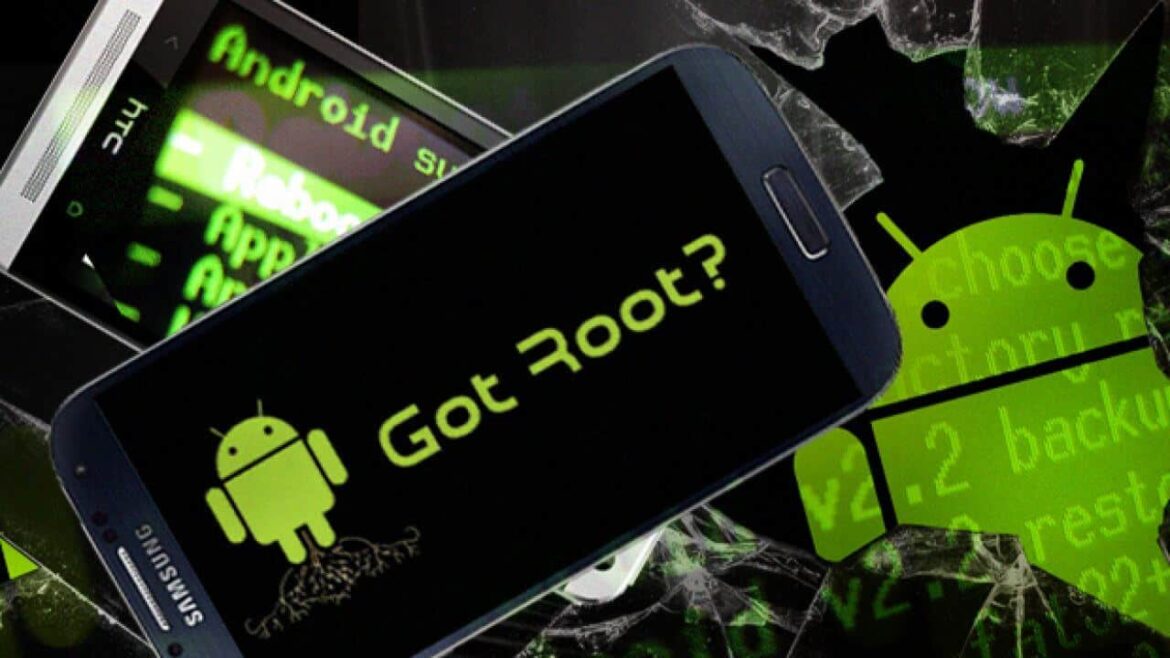773
What is the difference between root and flash? Both terms are often used together, but they each have their own meaning.
Root – the meaning of this term
“Rooting” refers to a process by which you gain administrative rights on an Android device. This then allows you to grant individual apps advanced rights (also known as superuser rights). This is roughly comparable to the administrator rights in Windows.
- If you want to flash a new Android version on your smartphone, you usually need a rooted smartphone.
- Use: Rooting gives you access to functions that are otherwise locked. This enables you or special apps to make extensive adjustments to the system. For example, you can remove preinstalled apps, change the CPU clock speed or block advertising thanks to root.
- Method: Since the rooting process works differently for every Android smartphone, you have to use instructions that are specific to your device.
- Risks: By rooting, you can jeopardize the security of your device if you give malicious apps extended rights. It can also cause unwanted problems. For example, many banking apps no longer run without further ado on modified devices. In addition, the warranty on your device may expire.
Flash – that’s what it means
In the context of Android smartphones, “flash” or “flashing” means replacing the existing operating system with a different version. To do this, the corresponding partition of the device is first deleted and then overwritten with new data.
- The term flashing is also used when only the kernel, i.e. the central area of the operating system, is replaced.
- Use: By flashing, you can install newer, often unofficial, versions of the operating system, unlock additional features or improve the performance of the device.
- Method: How you flash a smartphone depends on the model. There are no standard instructions.
- Risks: An incorrect approach or the use of dubious auxiliary programs can result in your device no longer starting and thus becoming unusable. In this case, one speaks of “bricking”.

